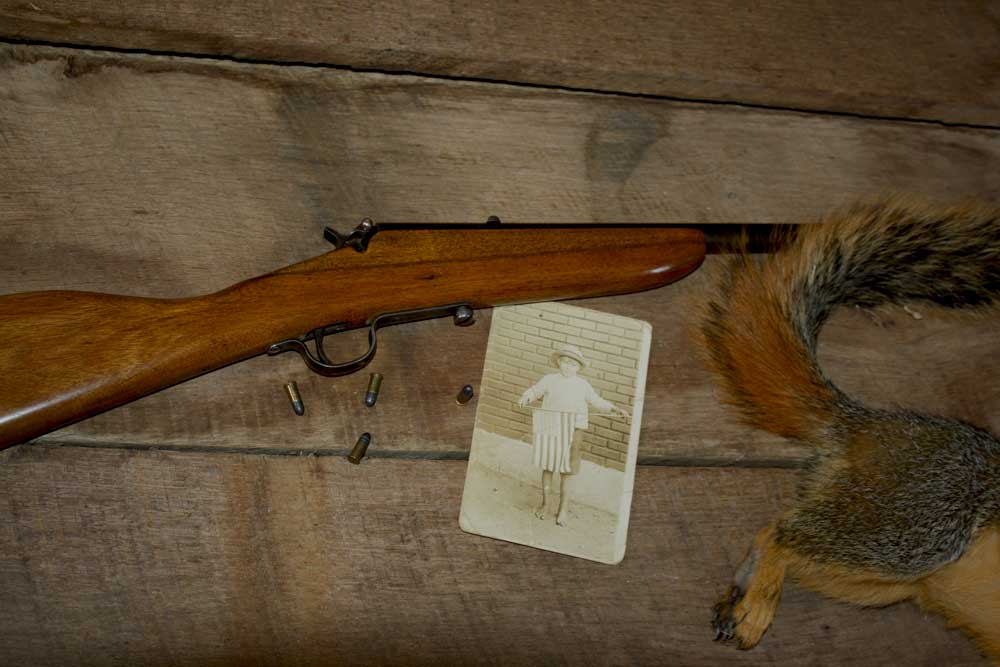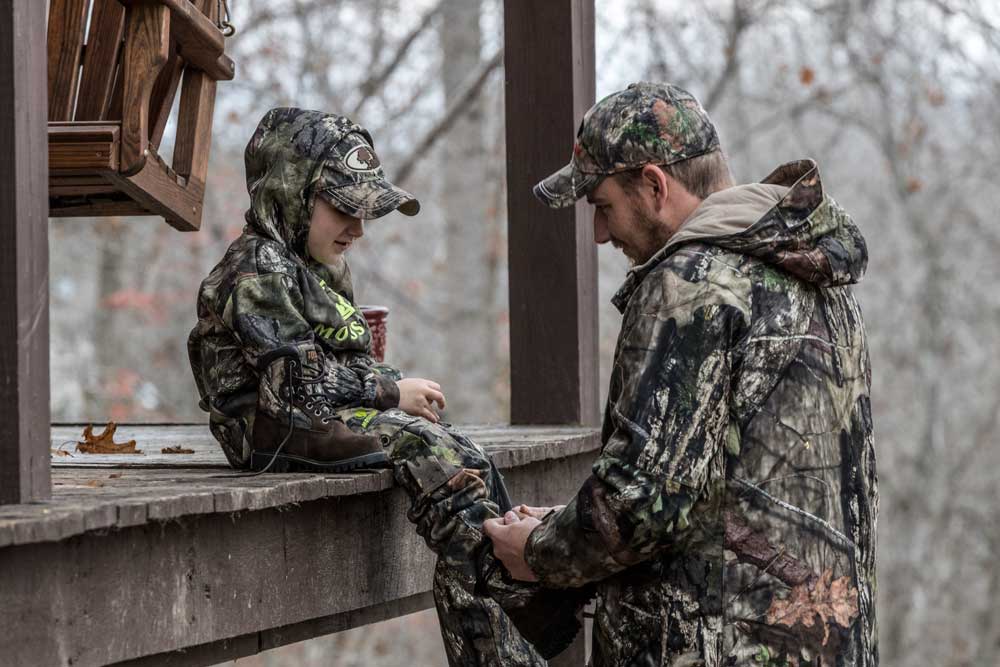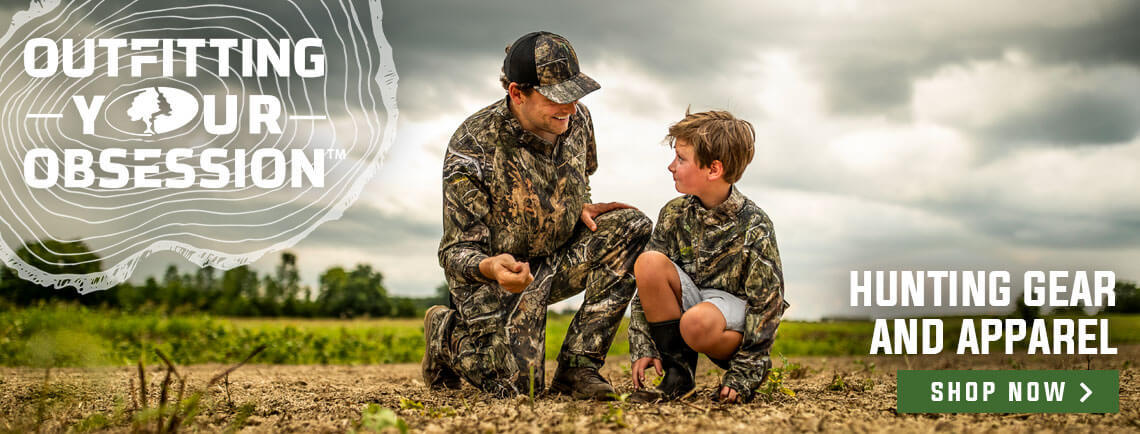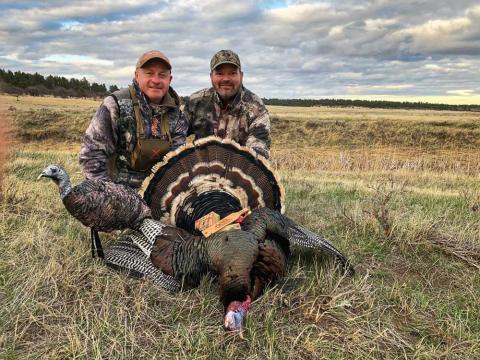Jason Worley
There's something special that takes place when you put together a single-shot .22 rifle, a young hunter, and a stand of hickory trees teaming with September squirrels. Everything right with the world seems to come together when you sit down next that youngster, hand them a .22 rifle and a single bullet. The seriousness of how important it is to focus on the single opportunity one-shot presents is a mind-shaping thing when becoming a hunter. That one bullet seems to slow everything down and change the focus. I remember as a young boy sitting next to my grandfather as he handed me a single-shot .22 rifle, one small shell, and then set into explaining to me what it meant to be a hunter and the importance of the first shot.

The little single-shot rifle that was handed to me on one of my first squirrel hunts was a Stevens Junior No.11. When new, it carried the price of $2.25 and was called a boys rifle. It was produced between the years 1921 to 1935 and was considered the low end of the introductory rifles made for youngsters of the time. Grandad said it was in 1923, just after he had returned home from a July 4th parade, when he received the little gun. It was leaning against the fireplace when his father pointed it out to him. "Son," he said. "It's time for you to have your own gun and learn to be a hunter." He laid the little American flag he had just been waving from atop his father's shoulders on the old oak table and fell to his knees in awe of the rifle. It's a gun that would eventually accompany three generations of hunters.
I remember Grandad saying he was 11 when he got the rifle, but it felt like he was 20 before his father trusted him with the critical ingredient that makes a gun a gun. "I packed that gun around without nary a shell within reach for almost a year," he would say. He often mentioned how every time he and his father would sit down to wait out one of the fat fox squirrels that were so common on the old farm, his father would hand him one shell and simply say, "You have to earn the next one." His father had taught him to safely shoot, but just being able to shoot did not mean he was a hunter. Grandad said he learned to be a hunter one shell at a time, each being passed to him from the hands of a father who was known the area over to be one of the best hunters the Ozarks had ever known. He earned each additional shot and, through that, learned one of the most essential traits of a good hunter: patience.
It is a way of learning to hunt I see less and less of these days. The focus and understanding you have to learn, knowing you have a single opportunity to take an animal are so important. A single opportunity sets the tone for the hunt, and it is immense when it comes to setting the pace at which a youngster can really learn to hunt. Learning to make the first shot count is very significant in the education of a new hunter. Don't get me wrong, a repeating rifle is a great thing, but for a youngster, there is no replacing the impact one shot has on the concept that everything must be right before you can squeeze the trigger. The first time I was handed a single shell, and those words of earning the next one hit my ears; focus took on a new meaning. It taught me respect. Respect for the opportunity, respect for the gun in hand, and most importantly, respect for the animal I saw down the barrel of the little Stevens rifle.

It's that slowing down of the hunt that I think is important and often overlooked these days. I remember even as I was taking aim on a fat autumn bushy tail, I was forced to take in exactly what he was doing, patiently waiting for the perfect shot. The speed at which he could change limbs or somehow float from one tree to the next and then disappear amongst a clump of leaves and branches only to reappear several feet away with a hickory nut in tow.
I remember one hunt with my father in which the squirrels were wildly acrobatic. I mentioned how a shotgun would be nice to show those fast-moving squirrels who were boss. My father, without looking away from the treetops, said, "Shotguns are for quail, ducks, and occasionally rabbits if your beagles are too long-legged. Squirrels are to be hunted with a .22, one shot at a time." When he finally looked down at me, I simply shook my head in agreement, and I never mentioned a scattergun again while squirrel hunting.
I know it may seem as though I believe there is no other way to start a young hunter than by using a single shot. 22 rifle, but I assure you that's not the actual premise behind this string of words. It doesn't matter if it's a repeating rifle or shotgun, as long as the beginner can handle the firearm on their own, and we stress the importance of stepping back and taking everything in, teaching patience. The importance of slowing down when bringing in new hunters, especially youngsters, can't be overstated, and a single shot .22 makes it easier to slow the pace. It's something you're forced to do when you're handed one shell and told to earn the next one.
In our fast-paced world driven by social media, the Internet, and 24-hour, in-your-face news, we need more than ever to slow things down and get back to the roots of what we do. Focusing on the experience and not the next shot helps a youngster embrace the all-around experience. There is no better way to prioritize that experience than by doing it one shell at a time. I, for one, can vouch that an entirely different approach and understanding comes to hunting when you have to slow down and earn the next shot.































